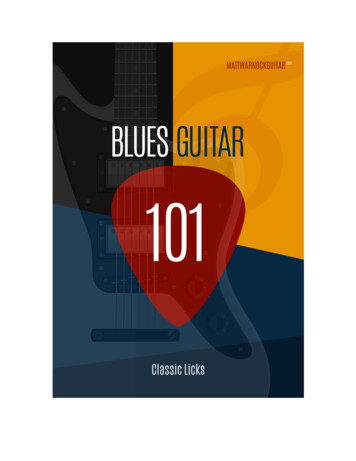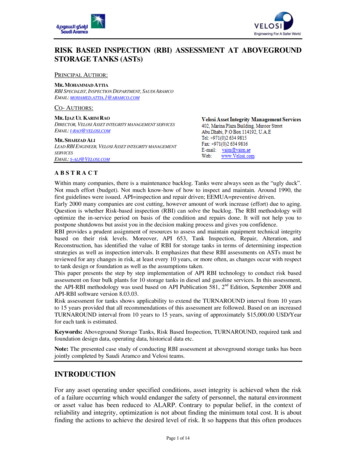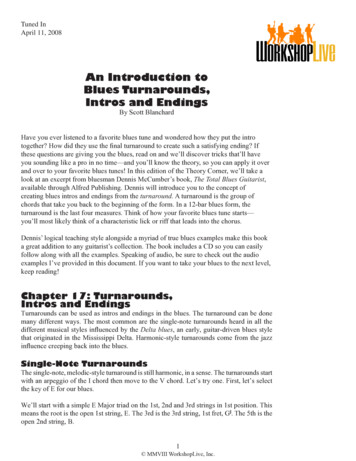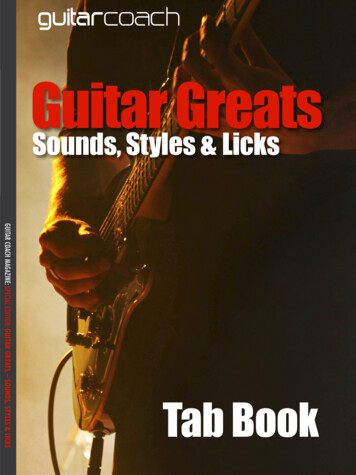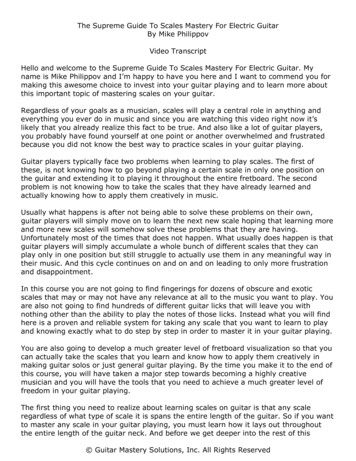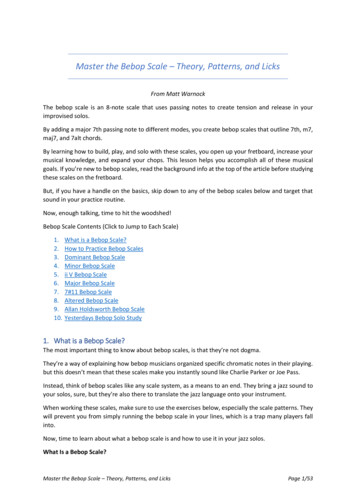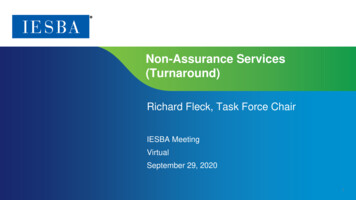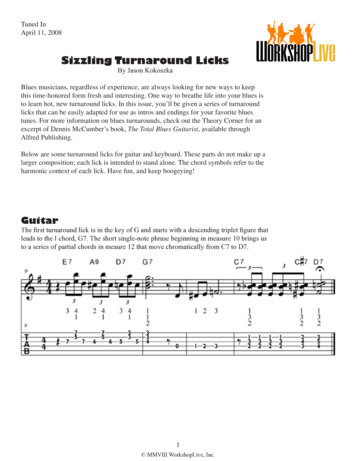
Transcription
Tuned InApril 11, 2008Sizzling Turnaround LicksBy Jason KokoszkaBlues musicians, regardless of experience, are always looking for new ways to keepthis time-honored form fresh and interesting. One way to breathe life into your blues isto learn hot, new turnaround licks. In this issue, you’ll be given a series of turnaroundlicks that can be easily adapted for use as intros and endings for your favorite bluestunes. For more information on blues turnarounds, check out the Theory Corner for anexcerpt of Dennis McCumber’s book, The Total Blues Guitarist, available throughAlfred Publishing.Below are some turnaround licks for guitar and keyboard. These parts do not make up alarger composition; each lick is intended to stand alone. The chord symbols refer to theharmonic context of each lick. Have fun, and keep boogeying!GuitarThe first turnaround lick is in the key of G and starts with a descending triplet figure thatleads to the I chord, G7. The short single-note phrase beginning in measure 10 brings usto a series of partial chords in meaure 12 that move chromatically from C7 to D7. MMVIII WorkshopLive, Inc.
The next guitar lick is in the key of D. Dig into those bends in bars 10 and 11 make themsing! Also watch the grace notes throughout; those subtle touches can add rhythmicmomentum that makes this lick spring to life. MMVIII WorkshopLive, Inc.
Our final lick is in the key of E and uses double stops throughout. The triplet figure onbeat 3 of bars 9 and 10 is played by sliding the same shape over two frets. Notice that thefinal chord (usually a V7 chord) has been changed to an augmented chord, creatingincreased harmonic tension which will be resolved at the start of the next chorus. MMVIII WorkshopLive, Inc.
KeyboardThe first lick is in the key of F and adds some alterations to spice up the usual dominantharmonies we might hear in this style. The high G-note in the right hand is repeated untilbeat 1 of bar 11. Be aware that the left hand is playing in the treble clef to support suchright-hand chord voicings more effectively. MMVIII WorkshopLive, Inc.
Next, we’ll play a lick in D that will feature more single-note playing in the right hand.The grace notes in bars 9 and 10 give a good bluesy feel to these phrases. In bar 11, thetwo hands move in contrary motion and the lick ends on Aaug, the augmented V chord. MMVIII WorkshopLive, Inc.
Finally, we’ll play a lick in C. Again, the grace notes in the right-hand part are essential togiving this phrase a bluesy feel. The left hand plays a common boogie figure in bars 9 and10 and adds some contrasting voicings and rhythms before the end. MMVIII WorkshopLive, Inc.
ConclusionFor more information on turnarounds, be sure to check out the Theory Corner section ofthis newsletter for even more examples that’ll make you shine at the next jam session!If you liked this excerpt, order Dennis McCumber’s book, The Total Blues Guitarist, atwww.alfred.com. In addition, be sure to check out his blues guitar lessons atwww.WorkshopLive.com today!To learn more about blues turnarounds, guitarists should check out the blues lessons“Turnarounds,” “Theory of 6ths,” “Soloing with 3rds and 6ths” and “Riff-Based Blueswith 9-Chord Turnarounds,” taught by Dennis McCumber, David Boye and Scott A.Smith.Keyboardists will enjoy the Adult Refresher lesson “Why Am I Blue: Blues Scales andProgressions,” taught by Leo Marchildon and Andrea Amos.Keep wailin’ on those blues—see you soon! MMVIII WorkshopLive, Inc.
To learn more about blues turnarounds, guitarists should check out the blues lessons “Turnarounds,” “Theory of 6ths,” “Soloing with 3rds and 6ths” and “Riff-Based Blues with 9-Chord Turnarounds,”
